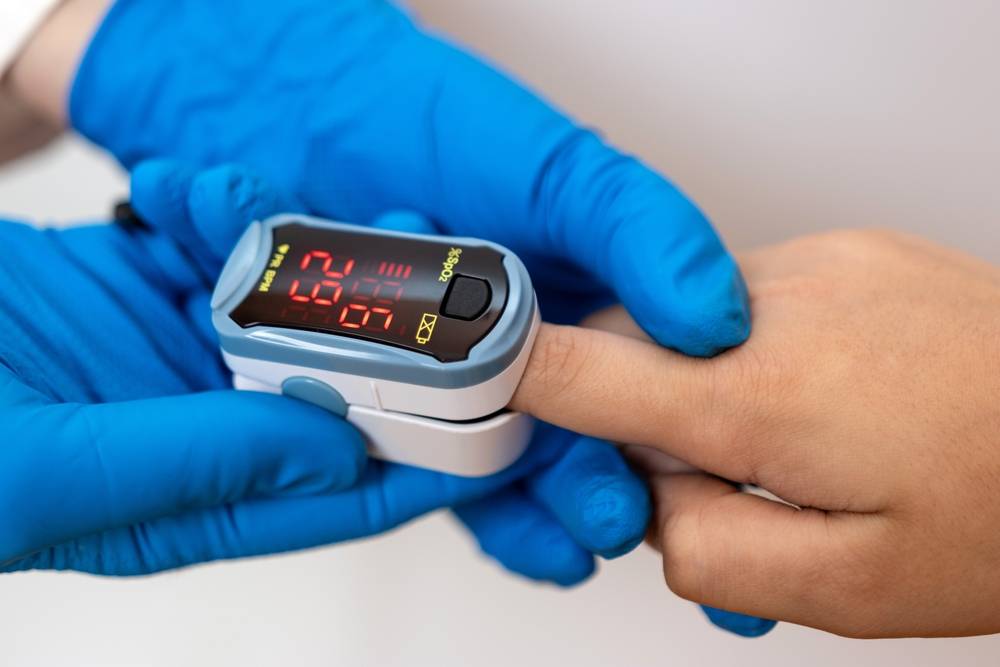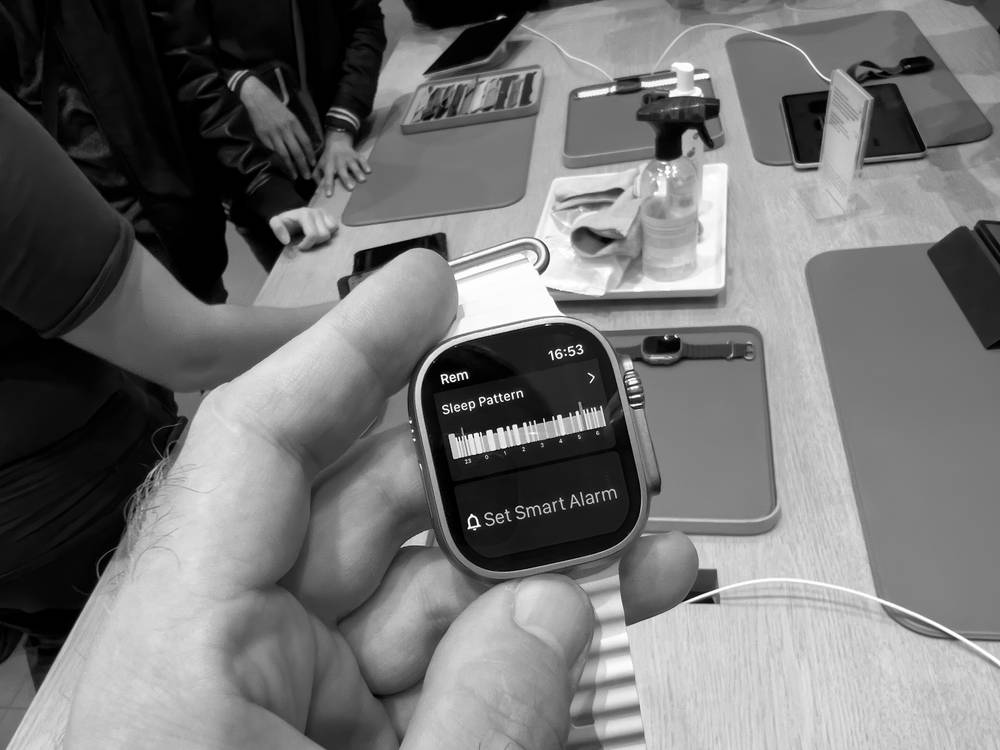Taking control of your health doesn’t have to be complicated. Tracking health metrics regularly can provide valuable insights into your overall well-being and help you identify potential issues before they become serious problems.
While professional medical care is essential, today’s health technology, including wearable devices, makes it easier to stay informed about key aspects of your health.
Here are five important health metrics you should be monitoring:
1. Heart Rate
Your heart rate offers a window into your cardiovascular health.
Monitoring your resting heart rate can help identify patterns that could signal underlying health conditions. According to the American Heart Association (AHA), a normal resting heart rate is between 60 to 100 bpm.
The table below shows the average normal resting heart rate for adults based on age.
| Age range (years) | Average resting heart rate (bpm) |
| 18 – 20 | 81.6 |
| 21 – 30 | 80.2 |
| 31 – 40 | 78.5 |
| 41 – 50 | 75.3 |
| 51 – 60 | 73.9 |
| 61 – 70 | 73.0 |
| 71 – 80 | 74.2 |
| > 80 | 78.1 |
This is just a guide, as some people may have a resting heart rate that is lower than 60 bpm and is still considered normal. For instance, for athletic individuals, resting heart rates can be as low as 40bpm and still considered normal. Some common medications, e.g. beta blockers, also lower resting heart rates of individuals taking them.
2. Blood Oxygen Levels (SpO2)
Closely related to heart rate is blood oxygen saturation (SpO2).
Blood oxygen levels provide crucial information about your respiratory and cardiovascular systems. A healthy person’s SpO2 levels typically range between 95% and 100%. When SpO2 levels drop below this threshold, it could indicate respiratory issues like sleep apnea, chronic obstructive pulmonary disease (COPD), or even early signs of infection.
This SpO2 reading is usually measured with a pulse oximeter.

In pulse oximetry, small beams of light pass through the blood in your finger, measuring the amount of oxygen in the blood by measuring changes in light absorption, which differs between oxygenated and deoxygenated blood.
Thanks to wearable technology, tracking SpO2 levels is now more accessible. Devices like the Apple Watch or other fitness trackers can monitor blood oxygen levels throughout the day, providing trends that can alert users to potential problems.
Though these devices may not offer the precision of medical-grade equipment, the ability to spot abnormalities early on can be life-changing. Having these insights readily available in a simple-to-use format is invaluable for those with pre-existing conditions or individuals simply looking to take a more informed approach to their health.
3. Sleep Patterns
Another important metric that wearable technology allows users to track is sleep patterns.
Sleep, often underestimated, is a cornerstone of health and recovery. Poor sleep has been linked to a range of chronic conditions, including heart disease, obesity, and mental health disorders.
However, many people don’t realise that the quantity of sleep is only one aspect of the equation; the quality of sleep is equally important.
Wearable devices track sleep by breaking it down into stages, including light sleep, REM, and deep sleep. Devices can even tailor alarm clocks to wake users up at the most optimal stage of sleep to further enhance sleep quality.

Monitoring these cycles can provide insight into how restful your sleep truly is. Joshua Toh, a 53-year-old executive, found this feature particularly revealing: “I used to think I was getting enough sleep, but once I started tracking it, I realised I wasn’t hitting my deep sleep cycles consistently. That prompted me to make lifestyle changes like reducing screen time before bed.”
Adjustments as simple as improving your sleep hygiene, such as maintaining a regular sleep schedule or reducing caffeine intake, can make a noticeable difference in your overall sleep quality, and ultimately, your health.
4. Activity Levels
Staying active is also essential to maintaining good health, but many of us spend long hours sitting at desks, leading to a largely sedentary lifestyle.
This is where tracking activity levels becomes vital. Wearable devices offer a simple yet effective way to monitor your daily movement, often setting goals such as 10,000 steps per day. By receiving reminders to stand or move every hour, users can break up periods of inactivity and meet daily exercise targets more easily.
For those with sedentary jobs, this functionality is particularly useful. Many devices can also track workouts, steps, calories burned, and active minutes, providing a holistic picture of your daily movement.
While not all forms of exercise are captured accurately (for instance, weightlifting might not be fully reflected in step counts), the ability to visualise your activity trends helps to promote better health habits.
5. Calories Burned
Lastly, calories burned is a key metric for those focused on weight management or fitness goals. Monitoring how many calories you burn throughout the day can inform dietary choices and provide a clearer understanding of your energy expenditure. Fitness trackers estimate calories burned by factoring in heart rate, activity level, and personal characteristics such as age and weight. This feature can be particularly helpful for individuals looking to fine-tune their caloric intake to meet specific fitness or weight goals.
For many, this real-time tracking of calories burned has transformed the way they approach their daily activities.
Fitness apps like MyFitnessPal, which integrates with wearable devices, offer a comprehensive overview of calories in versus calories out. When paired with regular activity tracking, users can adjust their routines to achieve their desired health outcomes more effectively.
Using Wearable Health Devices to Track These Metrics
Wearable devices, like smartwatches, have made tracking these health metrics easier than ever. Devices such as the Apple Watch are equipped with sensors that allow you to monitor your heart rate, blood oxygen levels, sleep patterns, and more. While these tools can provide valuable insights, it’s important to remember that they are not a substitute for professional medical care. Instead, they serve as a way to stay informed and proactive about your health.
Read also: Smartwatch Health Tracking: How Reliable Are These Devices?
Joshua notes, “Having a wearable device gives me peace of mind. It helps me keep track of my health, but I always consult with my doctor when I have concerns.”
Wearable devices like smartwatches can help you keep track of these metrics, but they should be used alongside medical advice to get the most accurate and beneficial results.
Do you use a smartwatch to track your health?
